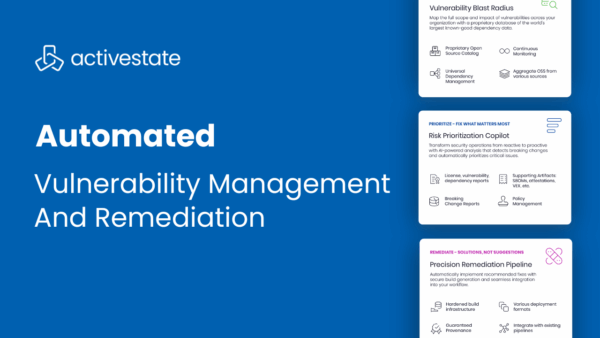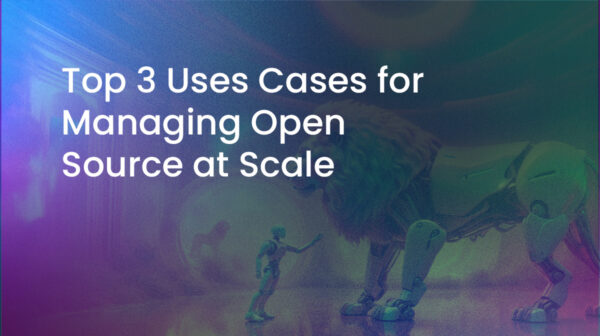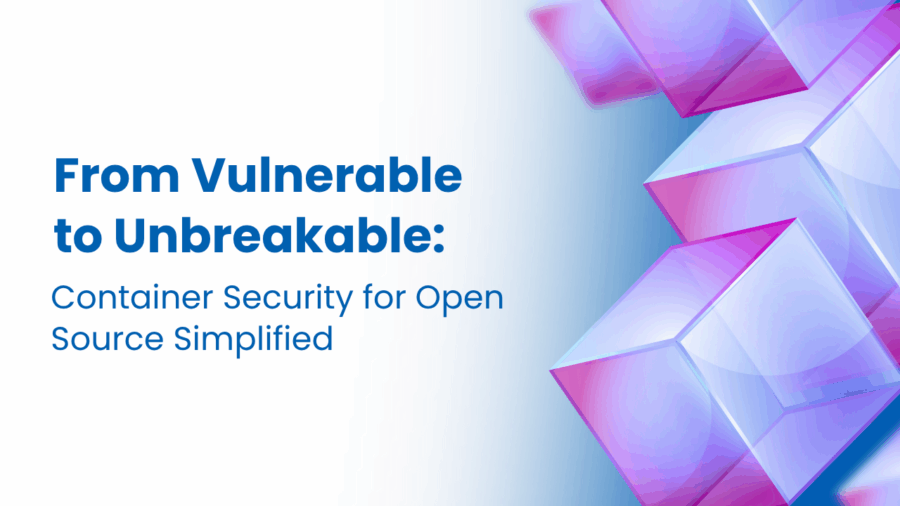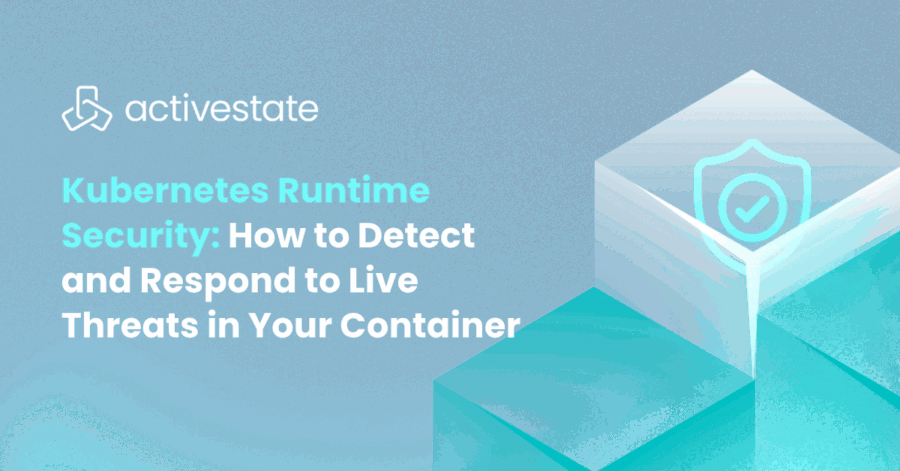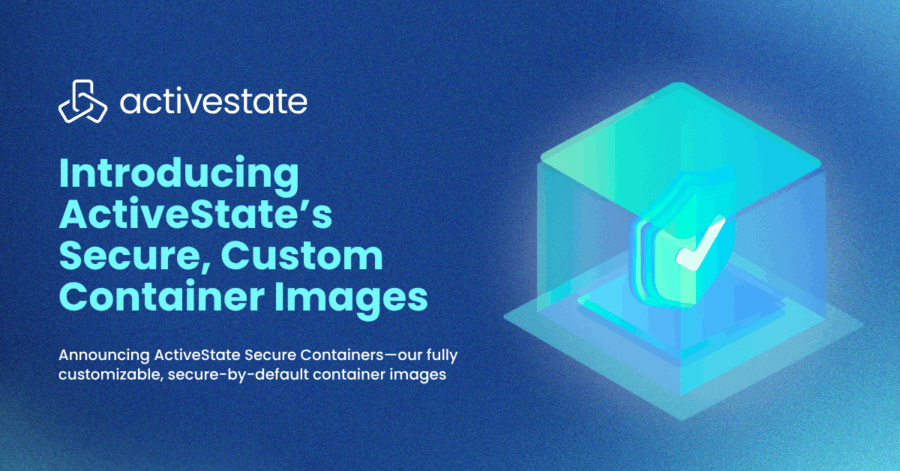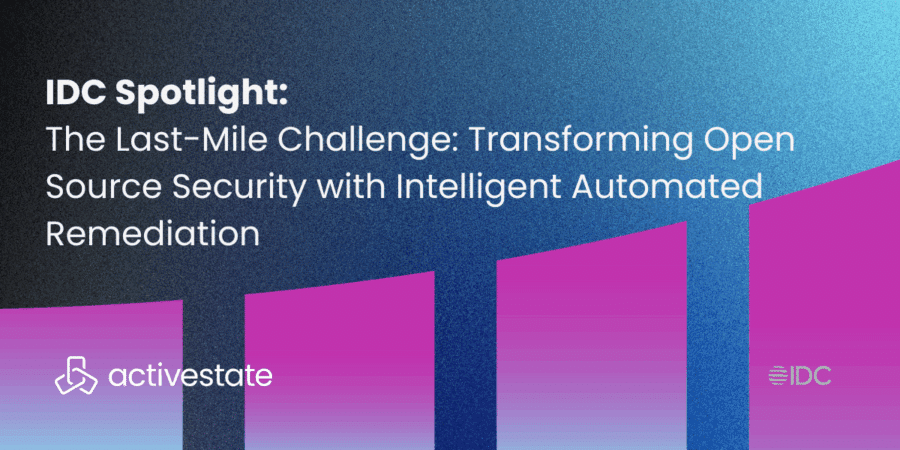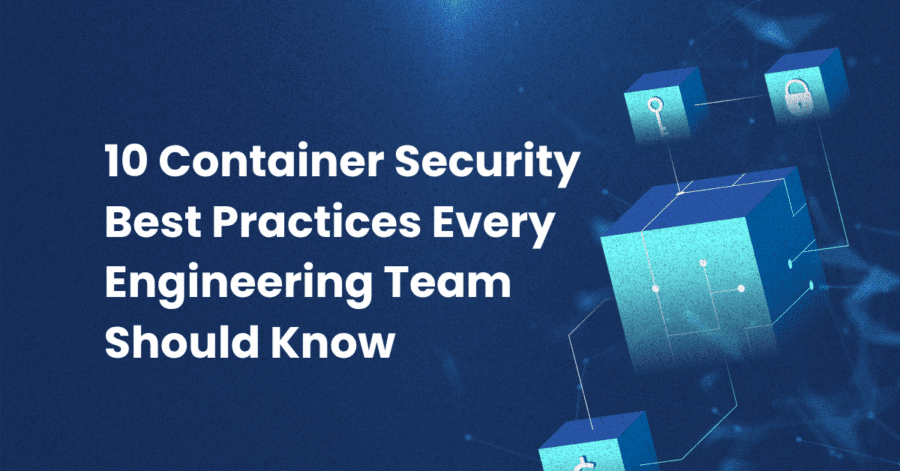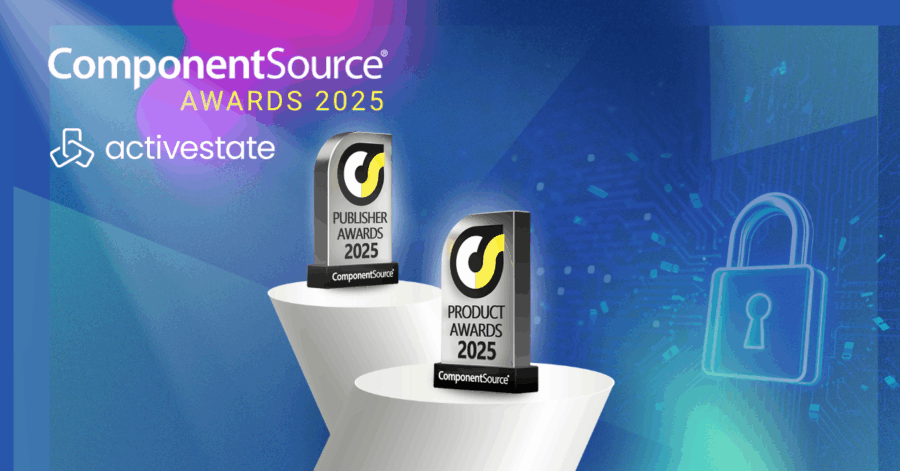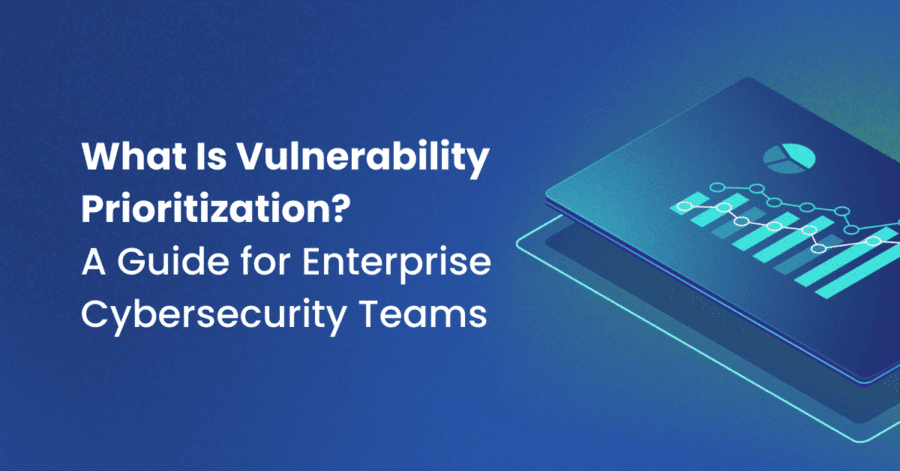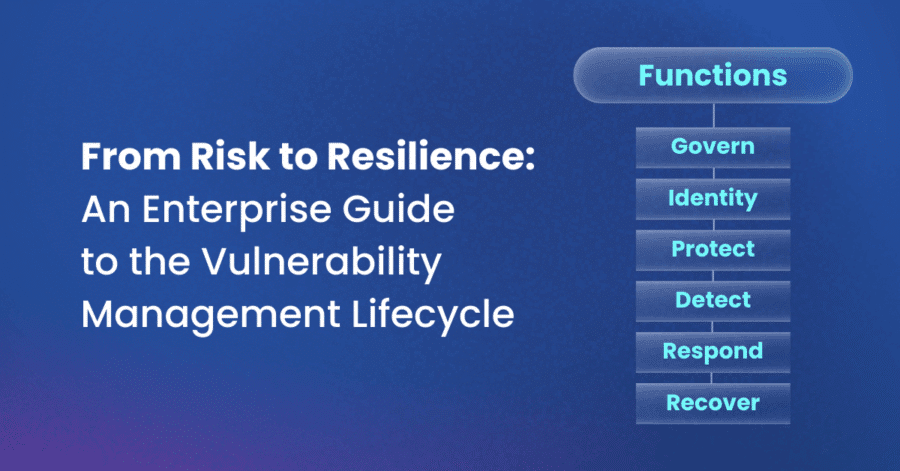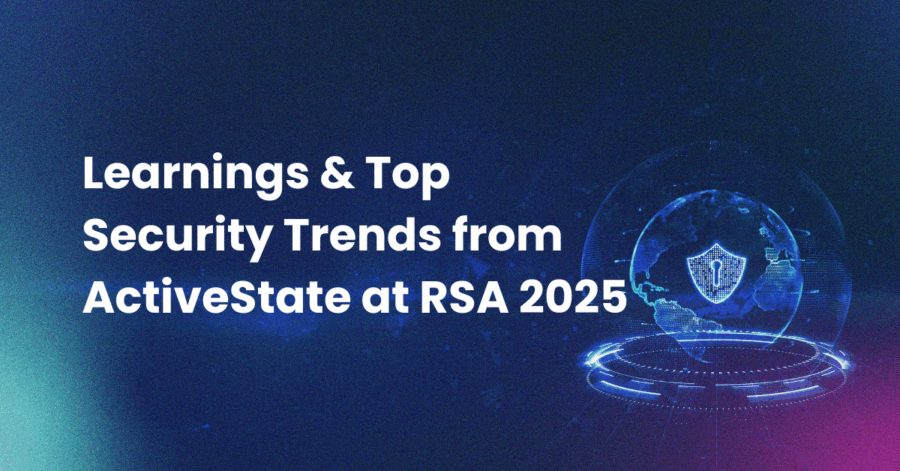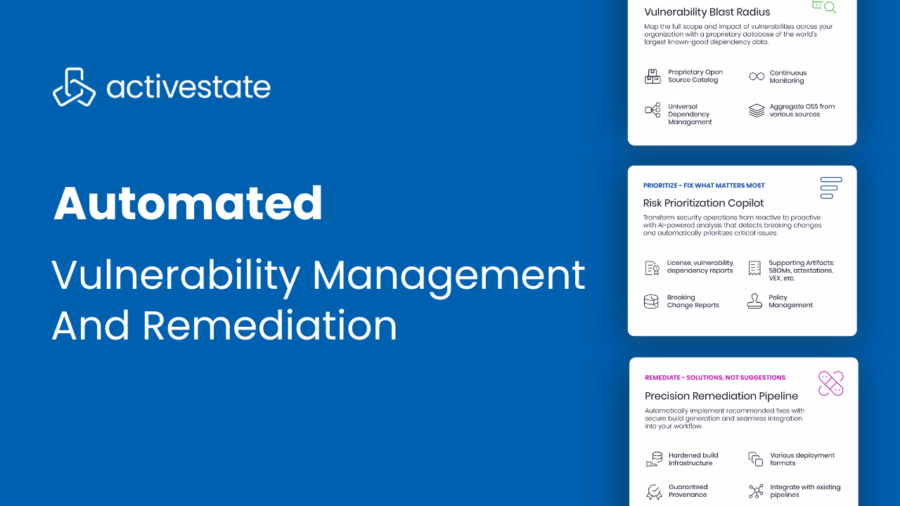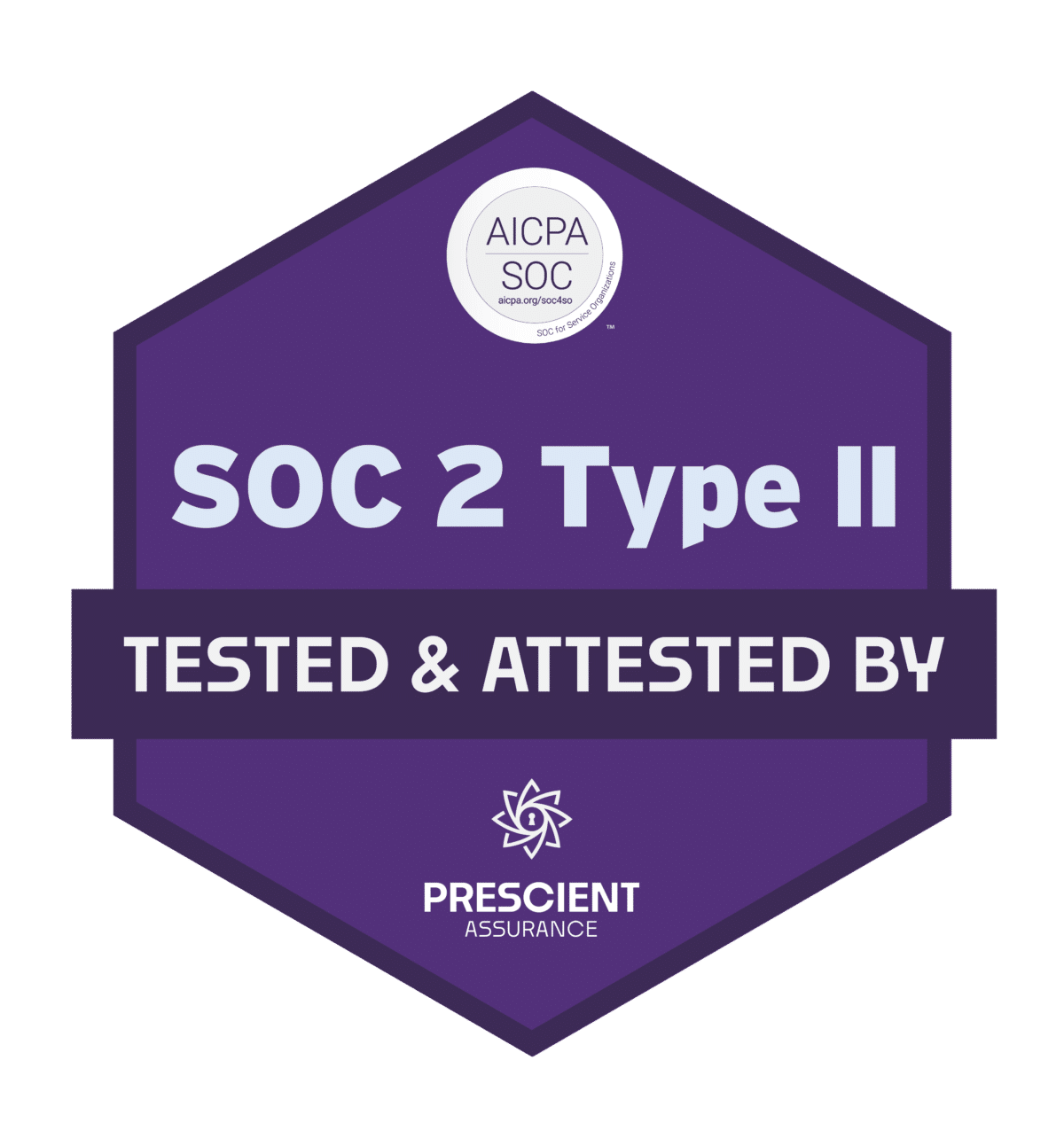Resources
Featured content
- Blog
From Vulnerable to Unbreakable: The Evolution of Container Security in Modern Software Development
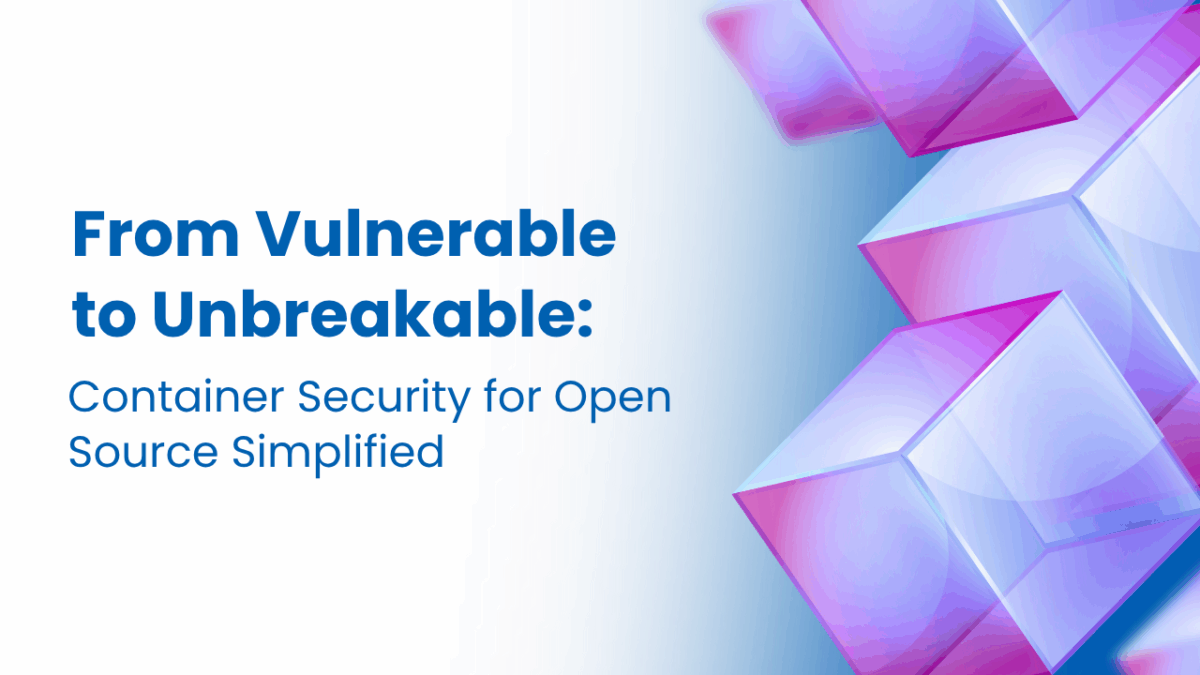
New to ActiveState? Start here.
Automated Vulnerability Management & Remediation with ActiveState
May 1, 2025
Product Demo
ActiveState enables DevSecOps teams to not only identify vulnerabilities in open source packages, but also to automatically prioritize, remediate, and deploy fixes into production without ...
Read More
Top 3 Uses Cases for Managing Open Source at Scale
July 25, 2024
Blog
Managing open source complexities can slow down development. Point solutions only let you be reactive. Learn how to become proactive.
Read More
Tech Debt Best Practices: Minimizing Opportunity Cost & Security Risk
April 29, 2024
Whitepaper
Tech debt is an unavoidable consequence of modern application development, leading to security and performance concerns as older open-source codebases become more vulnerable and outdated. ...
Read More
Filters
- All
- Blog
- Case Study
- Data Sheet
- Product Demo
- Quick Read
- Video
- Webinar
- Whitepaper
All
- All
- Blog
- Case Study
- Data Sheet
- Product Demo
- Quick Read
- Video
- Webinar
- Whitepaper
From Vulnerable to Unbreakable: The Evolution of Container Security in Modern Software Development
July 10, 2025
Blog
In an era where software powers everything from mobile banking to space exploration, container security has emerged as a critical frontier in protecting our digital ...
Read More
From Vulnerable to Unbreakable: The Evolution of Container Security in Modern Software Development
July 10, 2025
Webinar
Containers fueled by open source software have become the de facto way for software development teams to package and deploy modern applications and services. But ...
Read More
Kubernetes Runtime Security: How to Detect and Respond to Live Threats in Your Container
June 27, 2025
Blog
As container usage becomes standard across development teams, Kubernetes stands out as the default orchestration platform. But while enterprise engineering teams have made major progress ...
Read More
Introducing ActiveState’s Secure, Custom Container Images
June 24, 2025
Blog
Over several decades, ActiveState has addressed a critical challenge in software development: securing the open-source landscape. However, this landscape is changing rapidly, and the way ...
Read More
IDC Spotlight: Transforming Open Source Security with Intelligent Automated Remediation
June 18, 2025
Whitepaper
Learn how to fix open source vulnerabilities faster with automated remediation. Download the IDC report.
Read More
ActiveState Drives the Future of Security with Intelligent Remediation at Gartner Security & Risk Management Summit
June 17, 2025
Blog
Last week, ActiveState participated in the Gartner Security & Risk Management Summit in National Harbor, Maryland, an event that consistently brings together the brightest minds ...
Read More
10 Container Security Best Practices Every Engineering Team Should Know
June 16, 2025
Blog
Containers have become the gold standard for building modern, cloud-based software. It’s no surprise – using containers for app development has plenty of benefits, such ...
Read More
ActiveState Recognized Among Top Global Innovators in ComponentSource 2025 Awards
June 5, 2025
Blog
We are thrilled to announce that ActiveState has been recognized by ComponentSource in their prestigious 2025 Awards, celebrating our standing as a bestselling brand and ...
Read More
What Is Vulnerability Prioritization? A Guide for Enterprise Cybersecurity Teams
May 23, 2025
Blog
Vulnerability prioritization is far from simple. Yet, many DevSecOps teams are manually evaluating which vulnerabilities to remediate based on severity alone. Only considering the severity ...
Read More
From Risk to Resilience: An Enterprise Guide to the Vulnerability Management Lifecycle
May 19, 2025
Blog
Vulnerability management shouldn’t be treated as a ‘set it and forget it’ type of effort. The landscape of cybersecurity threats is ever-evolving. To face the ...
Read More
Learnings & Top Security Trends from ActiveState at RSA 2025
May 7, 2025
Blog
RSAC 2025, held at the Moscone Center in San Francisco from April 28th to May 1st, brought together industry leaders under the central theme of ...
Read More
Automated Vulnerability Management & Remediation with ActiveState
May 1, 2025
Product Demo
ActiveState enables DevSecOps teams to not only identify vulnerabilities in open source packages, but also to automatically prioritize, remediate, and deploy fixes into production without ...
Read More


